Pale ales are more balanced
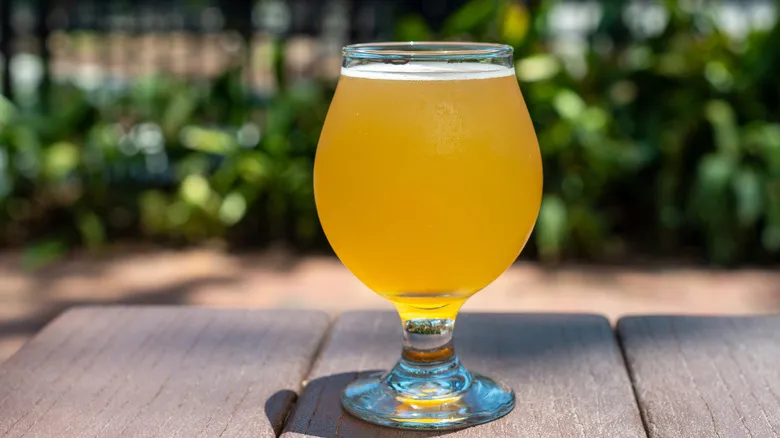
Pale ales boast a rich and fascinating history that traces back to 18th-century England. Initially, the term "pale ale" was used to describe any light beer during an era when darker, more robust porters and stouts dominated the market. Over time, pale ales gained traction as they were perceived as more refreshing and easier to consume compared to their heavier counterparts. The traditional English pale ale, often referred to as a "bitter," became a cornerstone of British pub culture and set the stage for contemporary variations.
In terms of flavor, pale ales are characterized by a harmonious blend of malt sweetness and hop bitterness. Generally, they are brewed with a moderate quantity of hops that impart floral, citrus, or pine notes, ensuring that these flavors complement rather than overshadow the malt. American pale ales (APAs) have surged in popularity within the craft beer movement, recognized for their slightly more pronounced hop character and vibrant citrus and pine flavors. The pale ale category also includes substyles such as English bitters, Belgian pale ales, and American amber ales, each offering unique flavor profiles and intensities while preserving a balanced taste.
IPAs have more hops
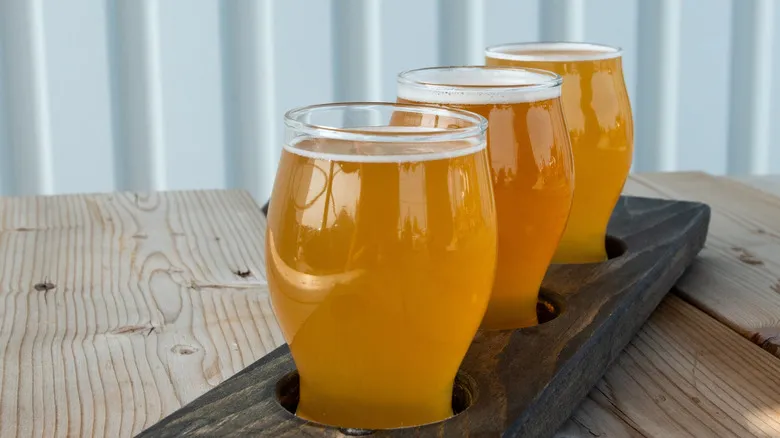
IPAs, or India Pale Ales, originated from traditional pale ales in the late 18th century, specifically designed to endure long sea journeys from England to British colonies in India. To ensure their longevity, brewers incorporated additional hops as a natural preservative, resulting in a beer that was more bitter and had a higher alcohol content. If you're curious, take a look at our retelling of the IPA beer's origins. Over the years, the pronounced hoppy flavor of IPAs has become their signature characteristic, and the style has flourished, particularly with the rise of craft beer in the United States.
Contemporary IPAs are all about the hops. These beers can vary from intensely bitter and resinous to more fruity and juicy, depending on the hop varieties used. Step into any craft brewery, and you'll likely encounter a wide array of IPA styles, including the American IPA, celebrated for its robust, earthy flavor, and the New England IPA (NEIPA), known for its fruity and smoky notes. Double IPAs (DIPA) and Imperial IPAs push the boundaries even further with elevated alcohol and hop levels.
Differences in flavor and strength

When it comes to taste, pale ales are recognized for their smooth and enjoyable flavor profile. Depending on the specific hops and malts used, you might encounter hints of spice, caramel, citrus, or even floral notes. In contrast, IPAs are characterized by a much stronger hop bitterness, featuring flavors that often evoke earthy elements like pine or various fruits. The elevated hop levels in IPAs typically result in a lasting bitterness on the palate, making them bolder in flavor compared to pale ales. Additionally, IPAs are frequently served in designated glassware—discover more in our beer glass guide.
The alcohol content also varies between these two styles. Pale ales usually have an alcohol by volume (ABV) ranging from 4% to 6%, making them a lighter choice for casual enjoyment. In contrast, IPAs generally boast a higher ABV, typically between 6% and 8%, with some Double IPAs or Imperial IPAs reaching 10% or more. This variation in strength can influence the mouthfeel and overall drinking experience, with IPAs often providing a richer, warming sensation, while pale ales offer a lighter, crisper finish.
Food pairings

The distinct flavor profiles of these two beers allow them to complement a diverse array of dishes. Pale ales, with their well-rounded taste, pair beautifully with everything from grilled meats and burgers to roasted vegetables. Their malty sweetness enhances rich, salty flavors, while the moderate hop bitterness refreshes the palate. Like many beers, pale ales are scientifically suited for spicy cuisine, as their crisp profile can temper heat without overpowering the dish.
In contrast, IPAs excel with bolder, more robust flavors. The bitterness of an IPA can cut through rich, fatty foods like fried chicken, pizza, or barbecue, while the fruity hop varieties enhance spicy dishes such as curries or tacos.
At their essence, both pale ales and IPAs belong to the same brewing lineage, with IPAs representing a hop-forward evolution of pale ales. Despite their shared roots, their differences in flavor, strength, and food pairings give each beer its own distinct character. Pale ales provide a balanced, approachable drinking experience, making them ideal for casual gatherings and meals. IPAs, with their intense hop flavors and higher alcohol content, cater to those seeking a more adventurous and bold experience. Whether you prefer the harmonious balance of a pale ale or the assertive bitterness of an IPA, there’s a beer to suit every taste and occasion.
Recommended
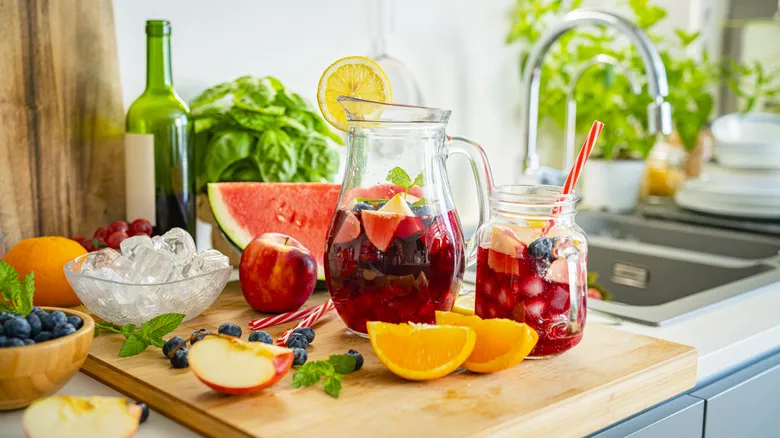
What Wine Should You Use When Making Sangria?
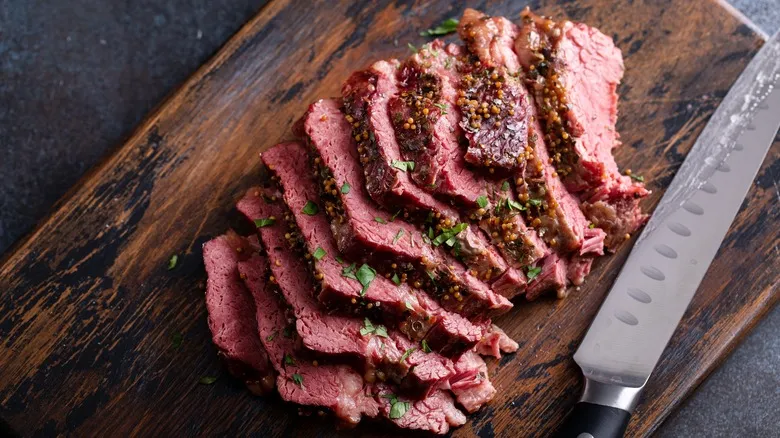
Beer Should Be A Main Ingredient When Making Corned Beef

What Exactly Are Tannins And How Do They Impact Your Wine?
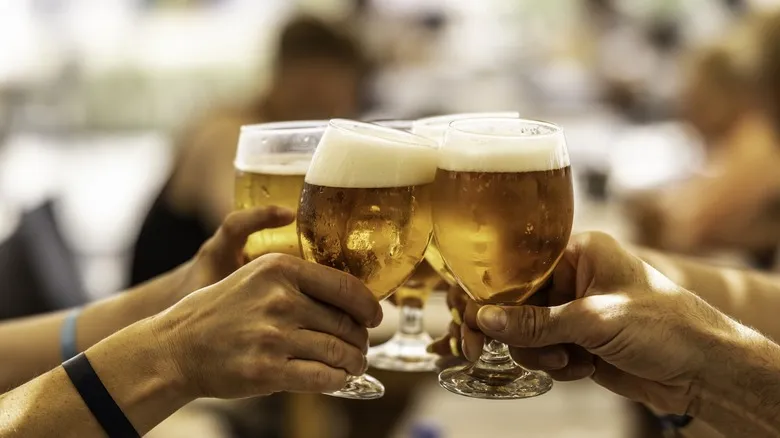
Why You Should Add A Few Sprinkles Of Salt To Bitter Beers
Next up

